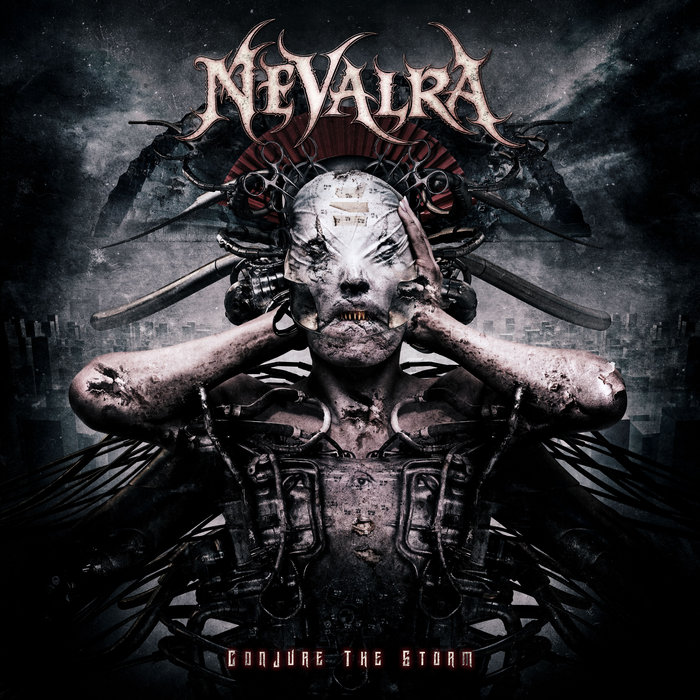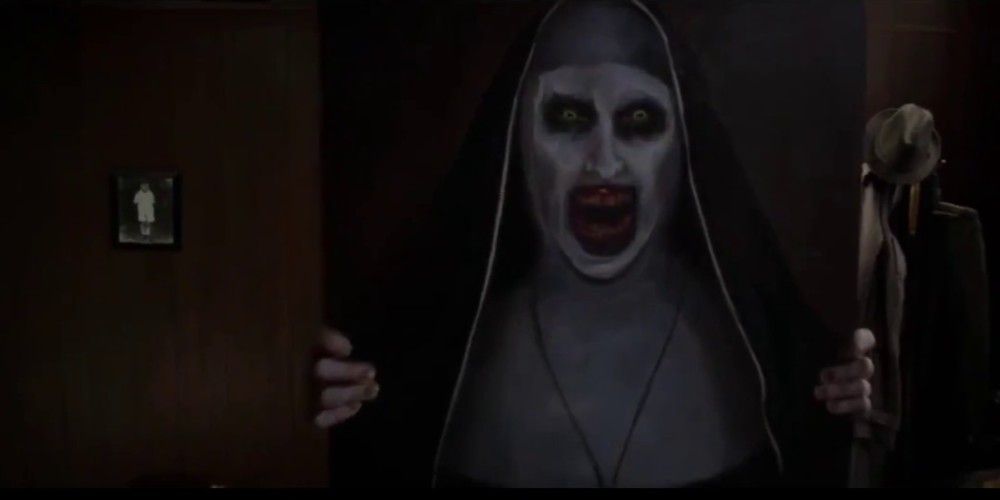

“What do the good know except what the bad teach them about their excesses?” is a far more interesting question, for instance, than Helen’s struggle to contend with notions of the real, or possible. Why should white violence beget the haunting and torment of Black people? Because of the film’s stubborn refusal to either question or divest from the white gaze, it offers a limited perspective, even as Tony Todd’s narration gestures toward deeper considerations. After his ashes are spread over the earth where Cabrini-Green was built, the generally accepted interpretation is that Candyman haunts the residents as retribution for the violence he suffered, which has never quite made sense. “The son of a slave” who grew up “in polite society” after his father amassed wealth as an inventor, horror is meant to be derived from the grotesque spectacle of the lynching’s details-the hand, the hook, the honey, the bees, the fire-but consider for a moment the horror derived from the decimation of his family’s new chapter, the potential future conjured and then devoured by the same violence that his father tried to escape. The name Daniel Robitaille isn’t uttered once in Candyman ‘92, but the story of his barbaric lynching for the “crime” of having loved and impregnated a white woman is presented as a villain origin tale. Nevertheless, at its center, 1992’s Candyman functions as a commentary on storytelling itself and the nature of belief. The film’s subtext stokes long-held anxieties around Black masculine desire and doesn’t just prioritize the white gaze, but portrays Helen as a martyr, saint, and savior.


I’ve written before about that film’s protagonist Helen Lyle’s (Virginia Madsen) relationship to Cabrini-Green, its residents, and the Candyman legend, which is rooted in tourism and extraction for the express purpose of self-gain. But monstrosity is an imagined condition-the object of a given subject, a gaze projected outward, and certainly the gaze cast on Chicago’s Cabrini-Green in Bernard Rose’s Candyman (1992). The monster menaces because it always comes back, as true in life as it is in movies. The monster, a technology older than the written word, is a tool of storytelling and, therefore, a method of worldbuilding. Yahya Abdul-Mateen II as Anthony in Candyman (Photo credit: Universal Pictures)


 0 kommentar(er)
0 kommentar(er)
